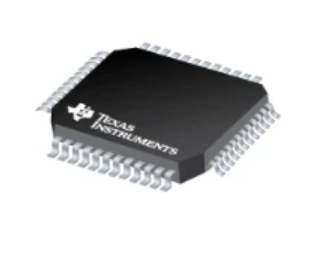Texas Instruments introduced a new LED matrix management device
Texas Instruments has introduced the TPS92662A-Q1LED matrix management device (Matrix Manager), which provides a fully dynamic adaptive lighting solution by providing individual pixel-level LED control.

The device's 3 series integrated switches each have 4 sub-light strings, which can bypass a single LED. Each sub-string allows the device to accept a single or multiple current sources. The device provides a programmable Pierce crystal oscillator driver, which can achieve the best performance by selecting the driver strength according to the recommendations of the quartz crystal or ceramic resonator manufacturer. The device also includes an optional driver strength clock buffer, which changes the driving strength of the clock buffer to control the rise and fall time of the clock signal and the electromagnetic interference (EMI) it generates. If necessary, the clock buffer can be disabled to eliminate noise generated by the clock signal and reduce electromagnetic interference.
The device also supports a multipoint UART (Universal Asynchronous Receiver Transmitter) serial interface and is compatible with TPS92662-Q1 and TPS92663-Q1 devices. Its I2C communication interface can be used to read data from or input data to an external EEPROM (Electrically Erasable Read Only Memory) that stores system calibration data. The on-board 8-bit ADC (analog-to-digital converter) has two multiplexed inputs that can be used for system temperature compensation, and for measuring grading values, for LED grading and coding. Its internal charge pump track provides the gate drive voltage for the LED bypass switch. The low on-resistance (RDS (on)) of the bypass switch can reduce conduction loss and power consumption. Both of the above devices include the same register settings for programming the phase shift and pulse width of each LED in the light string, and reporting LED open and short circuit faults. In addition, these devices comply with the AEC-Q100 standard and are suitable for automotive applications. Typical applications for this device include automotive headlight systems, ADB (Adaptive High Beam System) or glare-free high-gloss lighting, as well as continuously rotating lighting and daytime running lights.